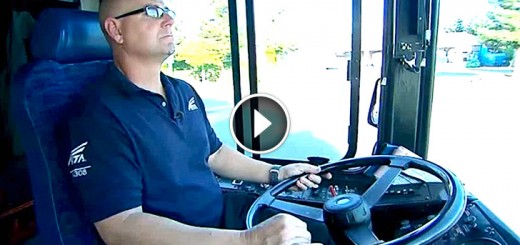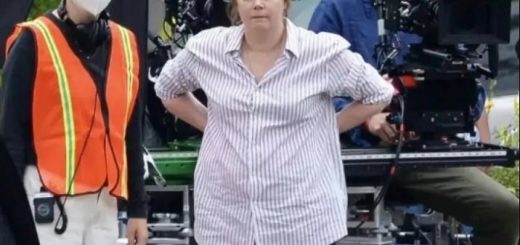NASA Wants to Capture an Asteroid Worth $10 Quintillion Dollars. Thats $10,000,000,000,000,000,000.
It’s been months since NASA’s bold announcement took the world by storm. The decision has since ignited excitement and sparked debate about a distant celestial treasure trove. The focus of the mission is none other than the asteroid 16 Psyche, a cosmic body stuffed full of potential riches beyond imagination.
The 16 Psyche Mission
According to NASA, 16 Psyche has a unique composition, speculated to be chalked full of precious metals like gold, iron, and nickel.1 The estimated value of this asteroid is a mind-boggling $10 quintillion. The announcement has spurred serious anticipation and speculation about what such a discovery could mean.
“Teams of engineers and technicians are working almost around the clock to ensure the orbiter is ready to journey 2.5 billion miles to a metal-rich asteroid that may tell us more about planetary cores and how planets form,” stated NASA in a press release. To say meticulous preparations have been underway for the 16 Psyche mission would be an understatement.
The mission started with a successful launch from the Kennedy Space Center in Florida on October 13 of last year. The launch marked the beginning of a voyage that will head to the distant reaches of our solar system. Since launch, the spacecraft has been making its way toward the asteroid right on course, poised to unlock its secrets.
The Asteroid Itself
While the absolutely insane value of 16 Psyche has sparked fantasies of untold wealth and prosperity, experts have cautioned against succumbing to any economic delusions. The idea that every individual on Earth becoming a billionaire overnight, should the asteroid be mined, is fraught with peril.
“If NASA were to successfully mine the asteroid and bring it back to earth, every person on the planet would essentially be made billionaires,” highlighted the potential economic ramifications of such a feat.2 But we all know the reality of such a thing would likely bring an economic collapse that would thrust the world into chaos.
NASA has remained steadfast in highlighting the mission’s primary objective: scientific exploration. “It is just as well that NASA has said mining 16 Psyche isn’t its intention”. The agency’s commitment has always been learning more about planetary formation and celestial evolution, regardless of the lucrative side of their discoveries.
Lindy Elkins-Tanton, the principal investigator of the Psyche mission, explained that the $10 quintillion valuation is more of a thought experiment than a practical assessment.3 She went on to put more emphasis on the challenges in obtaining such astronomical wealth and that the asteroid’s value is incomprehensible in practical terms.
More Than The Money
The mission to 16 Psyche represents a space exploration first, pushing the current limits of human ingenuity and technological ability. Nicola Fox, the associate administrator for NASA’s science mission directorate, stated that “Psyche 16 is by far the largest, and that’s why we want to go to it because the smaller ones are more likely to have been changed by things impacting them, whereas the big one, we think, is going to be completely unchanged.”
Upon arriving at 16 Psyche, NASA plans to conduct a complete, comprehensive study using sophisticated instruments like a multispectral imager, a gamma-ray and neutron spectrometer, and a radio instrument. The aim is to unravel the asteroid’s composition and illuminate its geological history and cosmic significance.
NASA’s mission to 16 Psyche transcends the allure of material wealth (but it IS a massive amount of wealth) and offers a glimpse into the complexities of our universe. Beyond the allure of the jackpot it contains, the asteroid acts as a beacon of scientific inquiry and growth, promising to enrich (heh) our understanding of planetary formation and our celestial home.




























